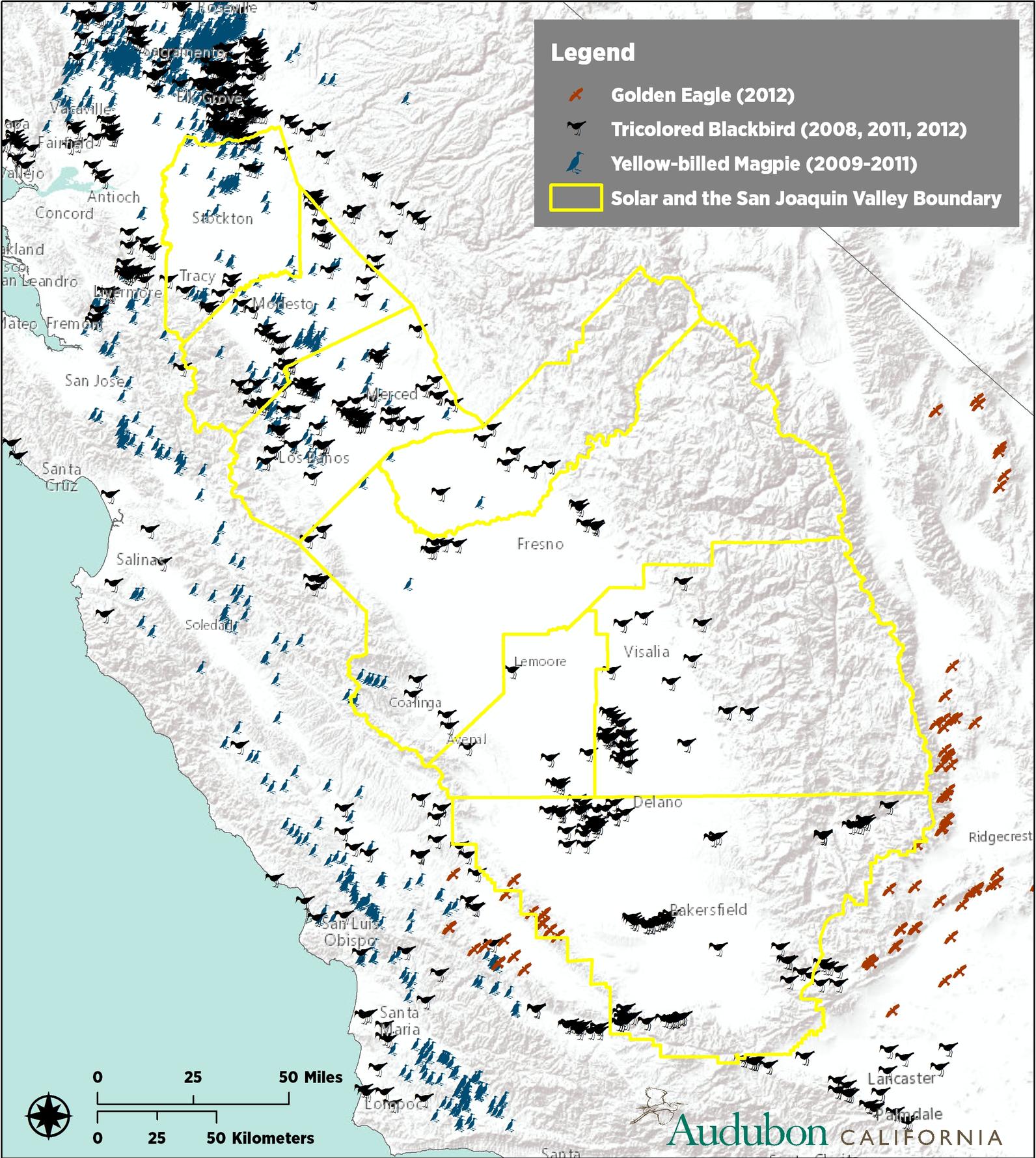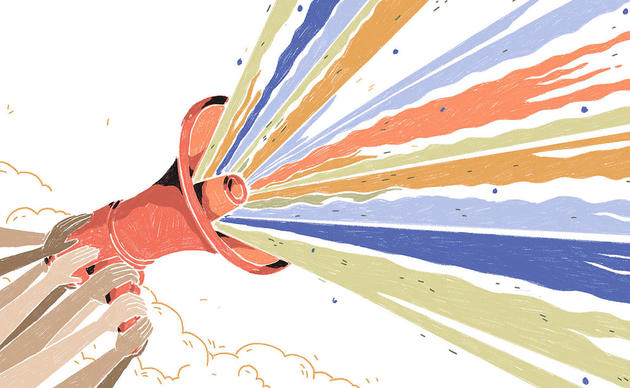
As California continues to demonstrate its leadership in the development of renewable energy, Audubon California is helping to ensure that new wind and solar projects have as little effect as possible on birds and habitat.
In the latest example of this important work, Audubon California participated in a six-month effort led by California Gov. Jerry Brown to identify non-agricultural areas in the San Joaquin Valley that can be rapidly developed with utility-scale solar energy without detrimental effects on birds and other wildlife. The group identified 400,000 acres of these lands, with a potential to produce more than 57,000MW of solar energy.
The final report can be viewed here.
“What we’re trying to do here is create a new paradigm for the development of alternative energy,” said Garry George, Audubon California’s director of renewable energy. “Rather than waste energy on these fights when a project is proposed in an important habitat area, it just makes more sense to identify those places where there won’t be that conflict.”
Audubon California represented the voice of birds in the discussions, sharing data about key species such as Golden Eagles, Swainson’s Hawks, Burrowing Owls, and Tricolored Blackbirds. The state program also shared maps of the region’s Important Bird Areas, sites designated by Audubon as vital for breeding, roosting, and migrating birds.
California has set high goals for itself to get 50 percent of its energy from renewable sources by 2030. Focusing on the development of California’s abundant solar resources, the state has led two planning processes in an attempt to guide development and conservation of species and habitat at the same time in resource rich areas of the state.
By Garrison Frost
Your Guide to Climate Action
Here’s where to begin and how to amplify your efforts to make lasting change in the world.




